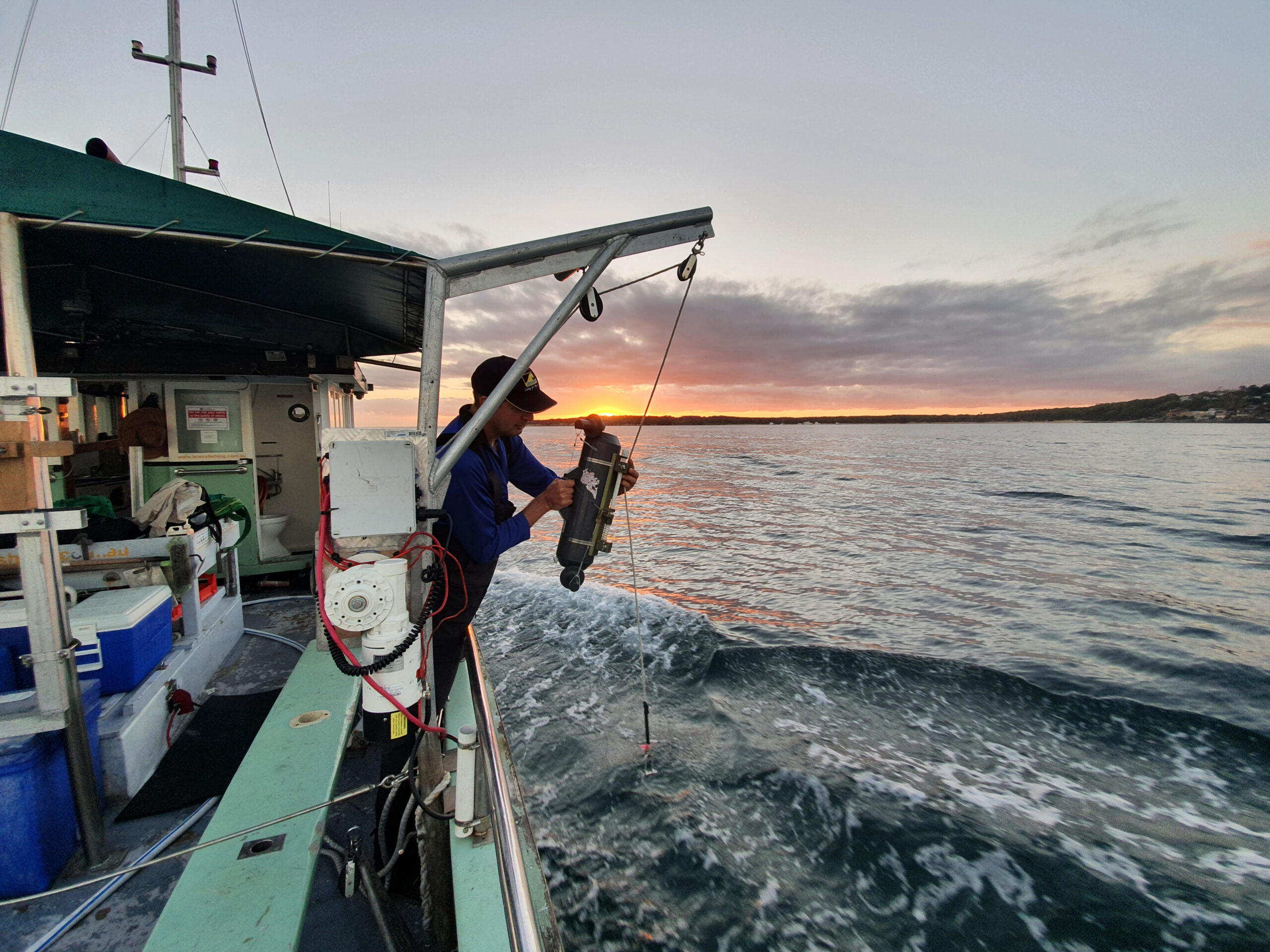Researchers from CSIRO have demonstrated that marine heatwaves are altering the microorganism communities that form the base of the marine food chain, disrupting coastal ecosystems.
Australia has recently experienced a number of marine heatwaves off the East Coast and Tasmania. They are prolonged oceanic warm water events that can have significant impacts on marine life, including fish, coral reefs and kelp forests.
The effects of marine heatwaves on microorganisms are relatively unknown despite ocean temperature being a major determinant of microbial biogeography and assemblage composition.
The study used data from a long-term effort to observe marine microbiota that IMOS operates with our partner Bioplatforms Australia called the Australian Microbiome Initiative. The Australian Microbiome Initiative is a national bio-resource, providing a central database of marine microbial DNA and bioinformatics.
Approximately 50% of the marine dataset has come from water samples collected annually from the national network of IMOS National Reference Stations. The spatial (which includes locations in all of Australia’s important marine bioregions) and temporal scale of the IMOS dataset were invaluable to the study as it allowed a much more robust calculation of environmental optima for individuals.
The study combined molecular and oceanographic datasets to generate indices describing the generalised niche characteristics or environmental preferences of microbial species and assemblages.
The authors examined the marine heatwave at Maria Island in 2015/16 demonstrating how valuable these indices are to distil complex community information into simple metrics to identify and track shifts in microbial and plankton communities (the trophic base) in response to environmental change.
Lead author Dr Mark Brown said the researchers analysed a marine heatwave off Tasmania in 2015/16, an extreme warming event, finding it had significant impacts on microorganisms.
“The marine heatwave transformed the microbial community in the water column to resemble those found more than 1000 km north, and supported the presence of many organisms that are uncommon at this latitude,” Dr Brown said.
“This reshaping leads to the occurrence of unusual species, the development of unique combinations of organisms, and can cause cascading effects throughout the ecosystem, including changes in the fate of carbon sequestered from the atmosphere.
“For instance, we observed a shift away from the normal phytoplankton species at this site towards smaller cells that are not easily consumed by larger animals, potentially leading to profound changes all the way up the food chain.”
CSIRO principal research scientist Dr Lev Bodrossy said researchers used a new approach to simplify the way they observed tens of thousands of marine microbes.
“This will enable us to evaluate the health of the marine ecosystem and predict how it will change with predicted global warming,” Dr Bodrossy said.
“We’ll be able to better predict the future of fish stocks and marine carbon sequestration in different regions of the global ocean.”
“Observations like these, especially those done in the open ocean, are difficult to sustain but are crucial for understanding and forecasting the future status of the marine ecosystem,” he said.
The community environmental niche indices from IMOS National Reference Stations are available to visualise and download as timeseries (figures and data) via the IMOS Biological Ocean Observer.
The article ‘A marine heatwave drives significant shifts in pelagic microbiology’ was published in Nature’s Communications Biology
This article is based on a CSIRO media release written by Carla Howarth.

